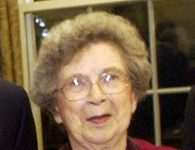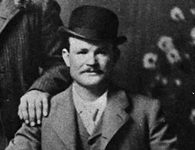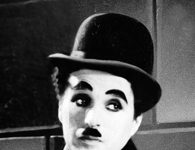Renowned for both his revolutionary contributions to evolutionary biology and his ability to make science accessible to the public, Stephen Jay Gould drew upon science, sports, pop culture and art to craft a remarkable career.
Stephen Jay Gould’s Early Days
Stephen Jay Gould was born in Queens, New York, on September 10, 1941, to a court stenographer and an artist. His interest in paleontology began when he was five years old during a trip to New York City’s Museum of Natural History with his father.
Gould moved away from New York City to study geology at Antioch College in Ohio. Writing was a vital component of the curriculum, and the education prepared Gould to become a renaissance man of science, famous for drawing on literary, cultural and historical themes in his scientific papers.
Sources in this Story
- Stanford Presidential Lectures in Humanities and Arts: Stephen Jay Gould
- American Museum of Natural History: In Memoriam: Stephen Jay Gould
- PBS: Punctuated Equilibrium
- The Arts Science Research Lab: About
- The New York Times: Stephen Jay Gould, 60, Is Dead
Gould’s Career in Science
Gould essentially began his professional career at the very same institution that inspired his path. While his PhD is officially from Columbia, the program he entered was a joint one between Columbia and the American Museum of Natural History. During this time, he formed a partnership with Niles Eldredge, a fellow paleontologist and the man who shares the credit for the development of punctuated equilibrium, a theory of evolution.
Immediately after completing his doctorate, Gould went to Harvard to teach. However, his relationship with the museum continued, and many of the columns he wrote for Natural History magazine were published as essays in his popular compilations. Gould wrote on many topics, and was famous for making science accessible to an intelligent but untrained public. However, most consider the theory of punctuated equilibrium to be his greatest contribution to science.
Gould and Eldredge’s theory was able to explain apparent gaps in evolution that had flummoxed Charles Darwin, who had attributed such gaps to missing evidence. Gould and Eldredge suspected that it was evolution itself that did not actually happen at an even, gradual rate. They posited that long periods of relative genetic stability are “punctuated” by short periods of rapid changes, resulting in new species.
Books by Stephen Jay Gould
- “Ever Since Darwin”
- “The Panda’s Thumb”
- “Bully For Brontosaurus”
- “Wonderful Life: The Burgess Shale and the Nature of History”
- “Structure of Evolutionary Theory”
The Rest of the Story
In later life, Gould became absorbed with the art and ideas of Marcel Duchamp. He founded the Art Science Research Laboratory (ASR Lab) with his wife, Rhonda Roland Shearer, to encourage interest in Duchamp’s work.
Gould was diagnosed with abdominal mesothelioma, a form of cancer, in the 1980s, but managed to recover from it. He succumbed to a second, unrelated form of cancer in the lung on May 20, 2002.
ASR Lab partnered with Stanford University Library to create the SJG Archive, which will digitize Gould’s manuscripts, papers, and other materials to make them available online.
This article was originally written by Rachel Balik; it was updated September 3, 2017.











